Located half-way Haifa and Tel Aviv on the Mediterranean Coast. It was founded by Herod the Great in the first century BC on the site known as Straton’s Tower. Herod named the city for his patron, Augustus Caesar.
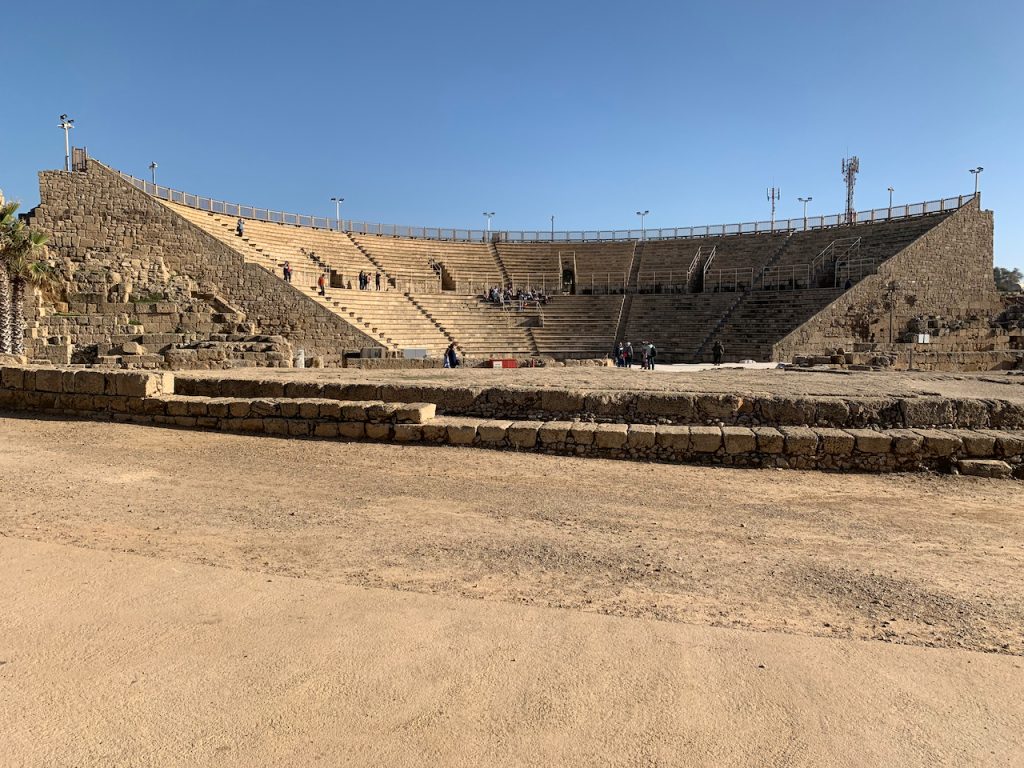
Archaeological excavation work on the site began in the 1950’s. They uncovered the Crusader city and ruins from many periods in the life of the city. During the last 30 years impressive excavation work has uncovered many impressive reminders of the forgotten grandeur of this ancient city.
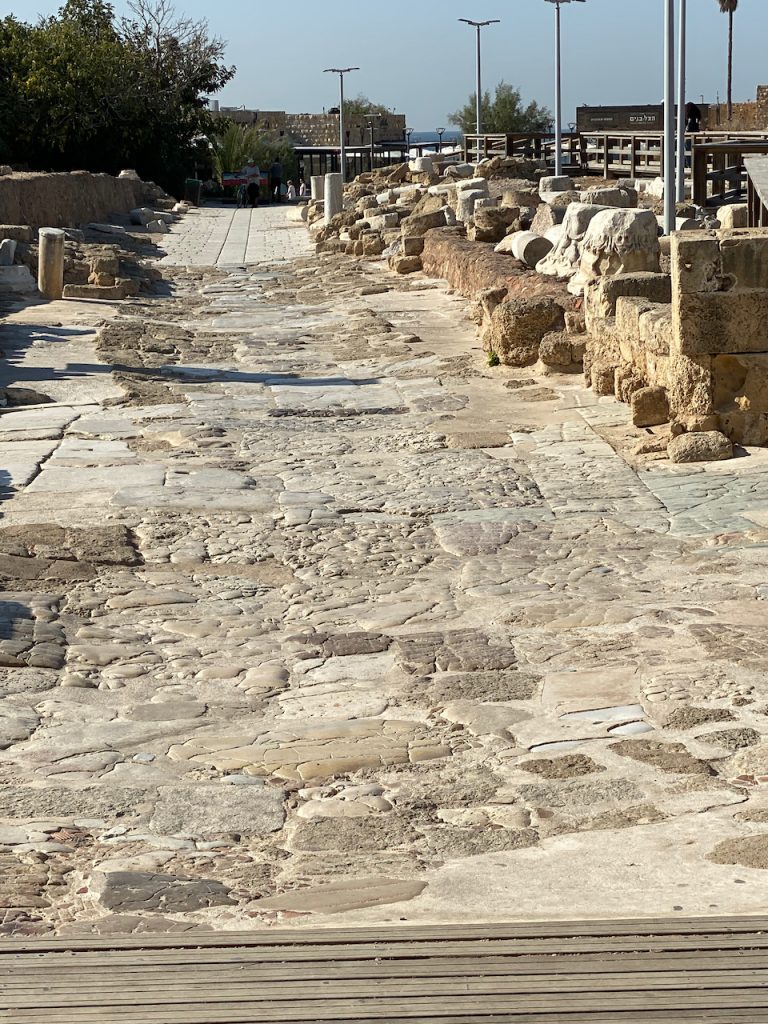
Herod the Great founded the city in the first century BC on the site of the Phoenician and Greek trading post known as Straton’s Tower. The Jewish historian Josephus describes the city in detail. It was a walled city, with the largest harbor in the Eastern Mediterranean.
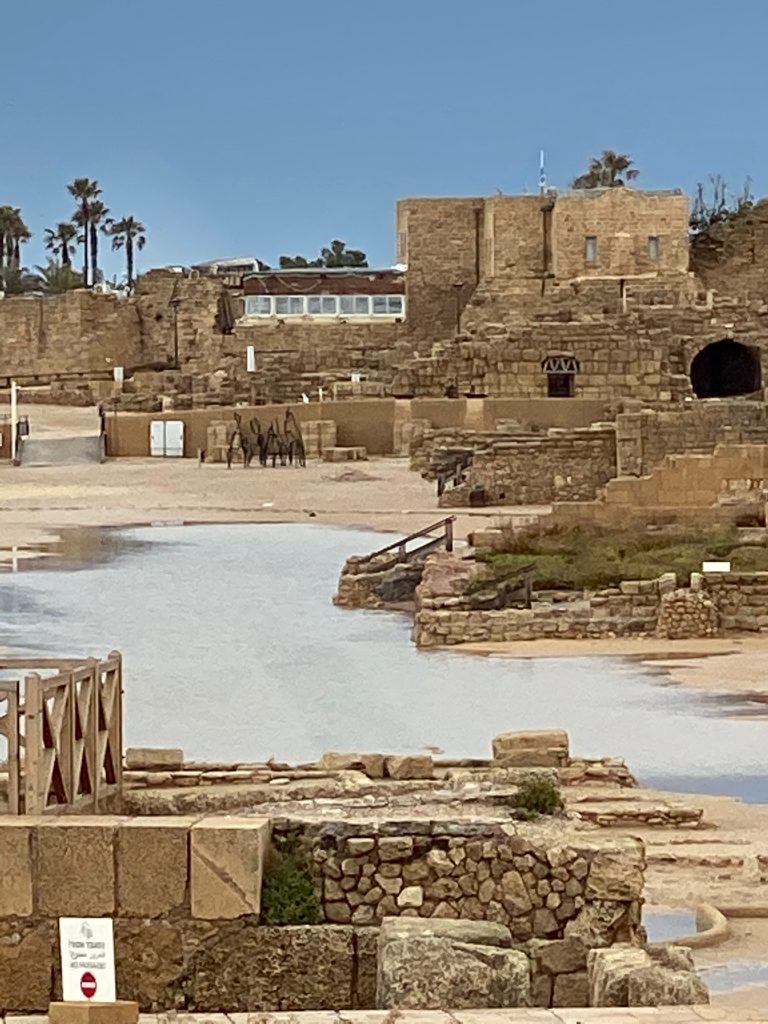
The temple of the city, dedicated to Augustus Caesar, was built on a high podium facing the harbor. A broad flight of steps led from the pier to the temple. Public buildings and elaborate entertainment facilities in the imperial tradition were erected. King Herod’s palace was in the southern part of the city.
Caesarea played an important role in early Christian history. Here the baptism of Cornelius took place; (Acts 10:1-5, 25-28) from here Paul set sail for his journeys in the eastern Mediterranean; and here he was taken prisoner and sent to Rome for trial. (Acts 23:23-24)
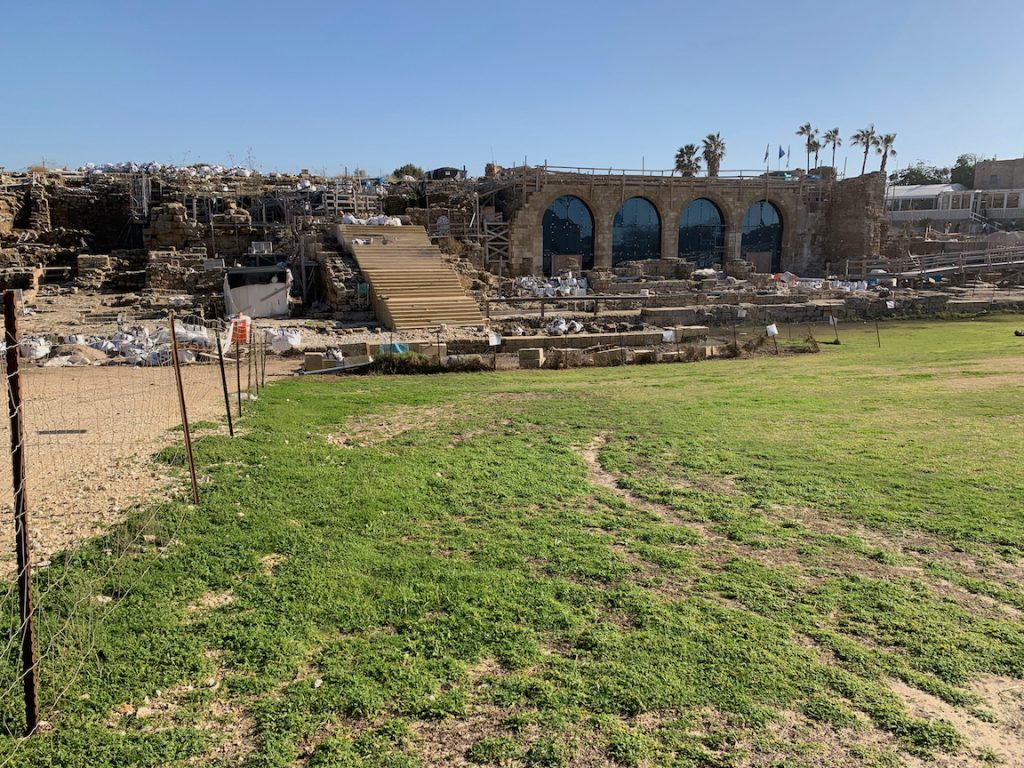
The Roman Theater is located in the south of the city. The theater faces the sea and has thousands of seats resting on a semi-circular structure of vaults. The semi-circular floor of the orchestra, first paved in painted plaster, was later paved with marble.
Caesarea became an important Christian center during the Byzantine Era (400AD to 628AD). At the beginning of the 4th century, the theologian Eusebius, who served as Bishop of Caesarea, composed here his book Ecclesiastical History on the beginnings of Christianity.
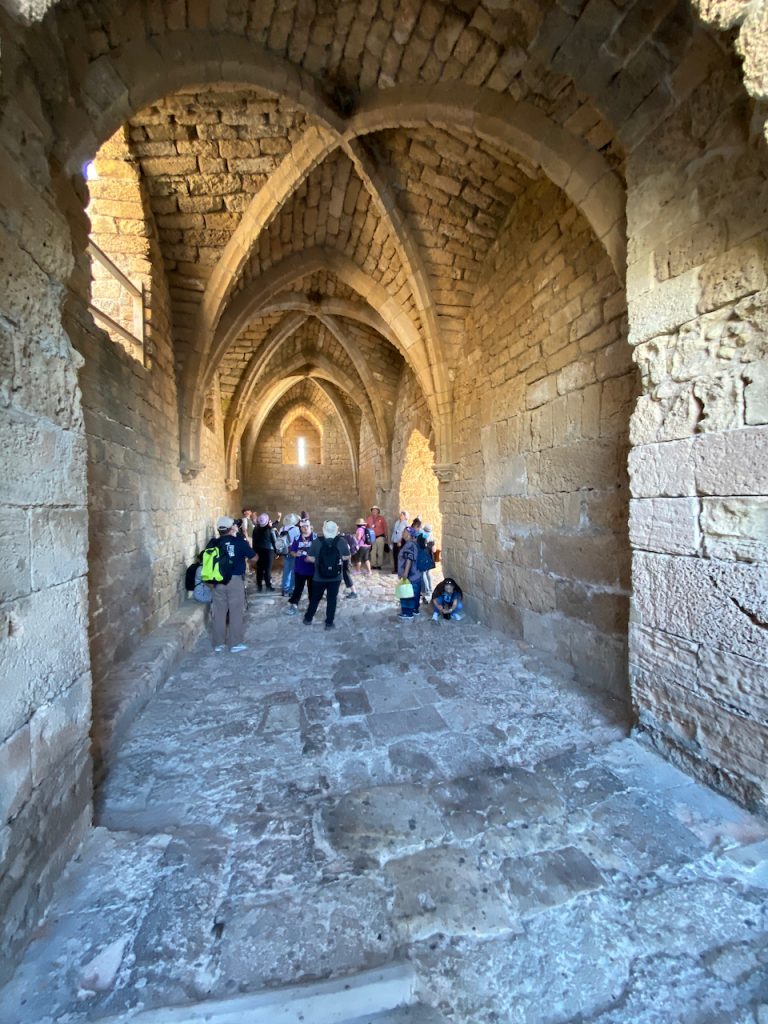
The main church was the Martyrion of the Holy Procopius, built in the 6th century upon the remains of the Roman temple on the podium.
Remains of a 5th century synagogue were found on the seashore north of the harbor. The rectangular building faces south towards Jerusalem.
In 639, Caesarea was conquered by the Arabs and its importance, as well as its population, dwindled. Urban areas were abandoned and replaced by agricultural terraces. This Arab town was surrounded in the 10th century by a 3 m.-thick wall, remains of which were found during the excavations.
Caesarea is a most impressive archeological site, open to the public. One can visit the Roman-period theater, King Herod’s palace, the amphitheater and much more. One can also cross the moat, enter the restored Crusader city and look towards the harbor from the top of the podium.